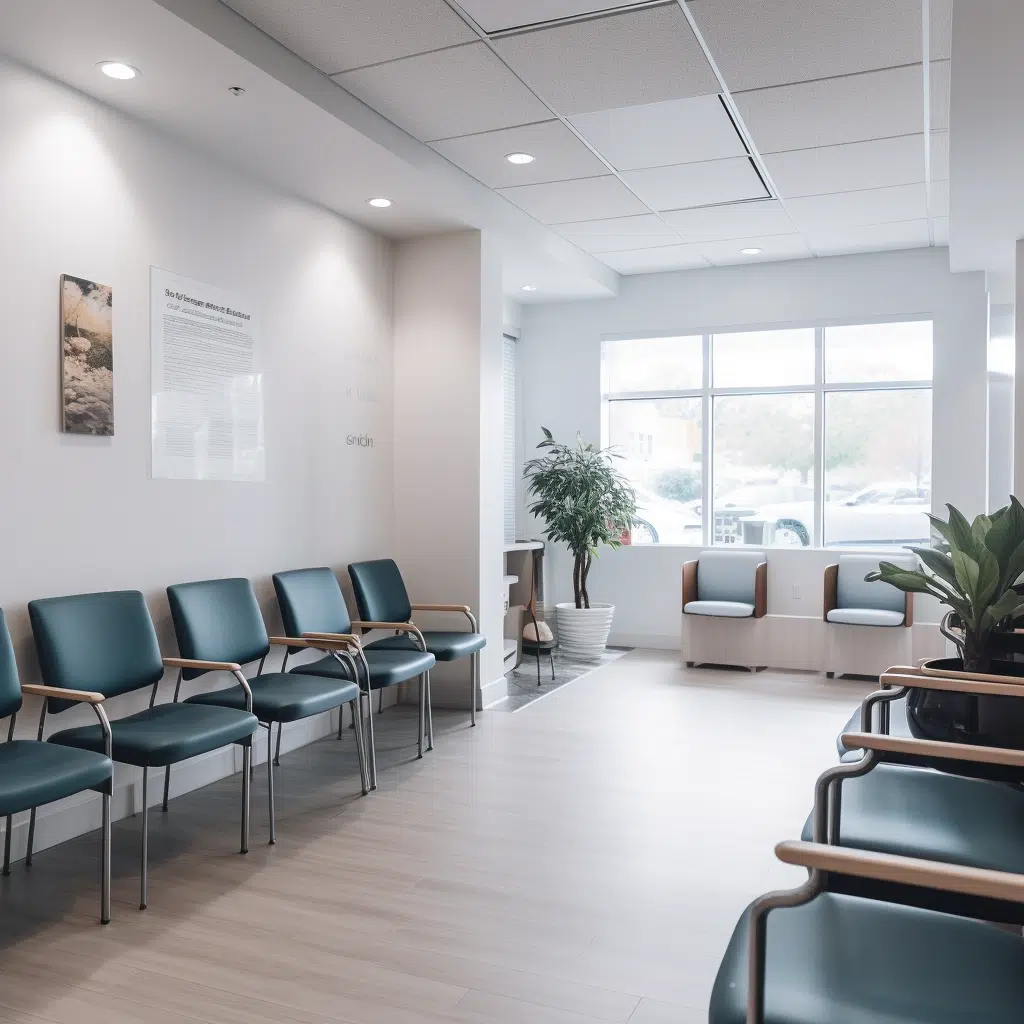In recent years, advancements in spinal surgery have led to the development of innovative procedures that aim to reduce recovery time and improve patient outcomes. One such advancement is the Aurora ZIP Procedure, which signifies a leap forward in spinal surgery technology. This minimally invasive procedure utilizes a screwless implant, known as the ZIP implant, to stabilize the spine during fusion surgeries. The ZIP Product Line is notable for its design, which allows for less invasive fixation as opposed to traditional pedicle screw fixation.
Our collective understanding of the ZIP Procedure underscores how it stands as a beacon for patients seeking relief from back ailments that hinder their active lifestyles. It has been shown to decrease post-operative pain and improve mobility, which directly enhances the quality of life for those who undergo the procedure. Compared to conventional spinal fusion surgeries, the reduced invasiveness of the ZIP Procedure often results in decreased hospital stays and a faster return to daily activities for patients. Additionally, the procedure is a response to the growing need for surgeries that place less strain on the body, yet maintain the effectiveness of traditional surgical techniques.
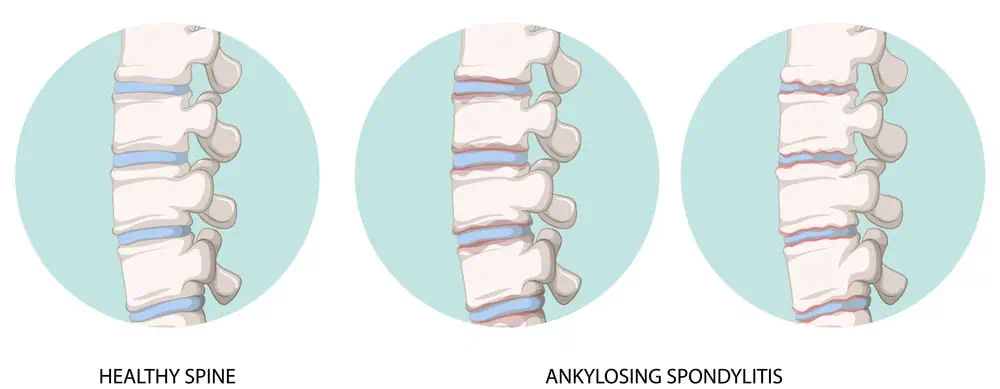
Key Takeaways
- The ZIP Procedure offers a minimally invasive alternative for spinal stabilization.
- Patients often experience improved quality of life and return to active lifestyles post-procedure.
- It represents a shift towards surgical methods that prioritize quicker recovery without compromising efficacy.
The Basics of Zip Procedure
In the realm of minimally invasive spine surgery, the Zip Procedure stands out for its advanced design and patient-centric benefits. Our focus in this section unpacks the essentials of the Zip technology, its advantages for spine health, suitability criteria for patients, and the process of the surgery itself.
The ZIP Procedure is a minimally invasive surgery for chronic back pain and degenerative disc disease. A small, U-shaped device is inserted between the spinous processes of the lumbar vertebrae, promoting fusion and stabilizing the spine. This reduces pain and improves stability with a smaller incision and quicker recovery compared to traditional spinal fusion surgery. The procedure is performed under local anesthesia.
Understanding Aurora Zip Technology
The Aurora Zip technology introduces a minimally invasive approach to spine stabilization with the use of an Aurora Zip interspinous spacer. This metal device, equipped with a unique locking mechanism, is secured between the spinous processes. The system includes the Zip Graft™, a component with a large barrel and plate width designed to offer sturdy fixation without the use of screws.
Benefits of Minimally Invasive Spine Surgery
By choosing minimally invasive methods such as the Zip Procedure, patients experience less tissue damage, minimal blood loss, and a faster recovery. These benefits provide significant relief in cases of back pain, often stemming from conditions like degenerative disc disease, spinal stenosis, and spondylolisthesis.
Indications and Candidates
Candidates for the Zip Procedure typically suffer from spinal instability, each potentially diagnosed with conditions like lumbar spinal stenosis, radiculopathy, or in need of fusion to alleviate their symptoms. The ideal patient has not responded to conservative treatments and is seeking a minimally invasive yet effective surgical solution.
Procedure Overview
The Zip Procedure, including the Aurora Zip lumbar fusion, is carried out with the patient under anesthesia. Our surgical approach utilizes a series of precise steps to implant the Zip device with minimal disruption. The Zip One-Step™ technique allows for the implant to engage without retraction, while bone material is used for effective load sharing during T1-S1 thoracolumbar fusion procedures.
Surgical Technique
The surgical technique for the Zip™ Procedure involves meticulous planning, precise intraoperative execution, and comprehensive postoperative care to ensure a successful outcome. We prioritize patient safety and the effectiveness of the surgery through every step.
Preoperative Planning
Before the procedure, we conduct a thorough evaluation to determine the specific needs of each patient. Our team, including pain specialists and functional neurosurgeons, assesses the suitability of the Zip™ Procedure, considering factors like overall health, the condition of the spine, and any previous surgeries. We decide on the type of anesthesia—be it general anesthesia, sedation, or local anesthesia—based on the patient’s comfort and medical history.
Intraoperative Steps
During the surgery, we follow a standardized protocol to secure the fusion support column between the vertebrae. First, the area is prepped and the patient is placed under the chosen type of anesthesia. The minimally invasive approach requires only a small incision, minimizing tissue damage and bleeding. Then, we leverage Aurora’s proprietary surgical instruments to implant the device without the need for screws. A set screw and barrel design is utilized to stabilize the spine, reducing operative time and risks.
Postoperative Management
After the surgery, our focus shifts to the patient’s recovery and minimizing their hospital stay. Outpatient treatment options are considered for eligible patients. Recovery protocols are tailored, including prescriptions for pain management and a regimen for physical therapy to support a swift return to daily activities. We continuously monitor the healing process to prevent complications and ensure optimal results.
Aurora ZIP Surgical Instruments
Our procedure is reliant on the innovative design of the Aurora ZIP surgical instruments. These tools are carefully crafted to facilitate a minimally invasive approach, providing us with precision and control. Our toolkit includes devices that replace traditional screws with a less intrusive method, potentially leading to reduced pain and a quicker recovery for the patient.
Clinical Efficacy and Outcomes
In evaluating the Zip Interspinous Fusion Device, we observe significant improvements in patient outcomes in various multicenter studies. These improvements encompass multiple facets such as success rates, quality of life enhancements, and potential pain relief, with a noteworthy minimization of complications.
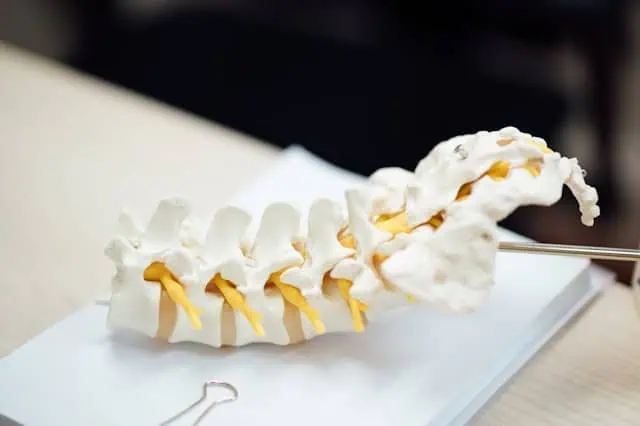
Success Rates
The success of the Zip procedure in alleviating back pain has been documented across National Spine and Pain Centers. We found that the safety profile included no complications, revisions, or reoperations at 90 days post-operation in a multicenter retrospective review. The success rates showcase the devices’ efficacy in providing significant pain relief and enabling patients to resume active lifestyles.
Quality and Improvement Metrics
When measuring quality and improvement metrics, we underline that patients typically report sustained improvement in clinical efficacy. They also experience a marked elevation in quality of life, reflecting the procedure’s ability to offer long-term benefits. This is corroborated by evidence of improvements sustained over six months post-operation, as indicated by published clinical evaluations.
Complication and Risk Factors
Our assessments of the Zip procedure illustrate a minimal risk profile. Notably, the approach reduces collateral tissue disruption due to its minimally invasive nature. We have consistently seen low incidences of complications which bolsters our confidence in recommending the procedure. The trial evaluating the ZIP Interspinous Fixation Device stands as a testament to our commitment to patient safety and the drive to refine and improve spinal treatments.
Comparison to Traditional Procedures
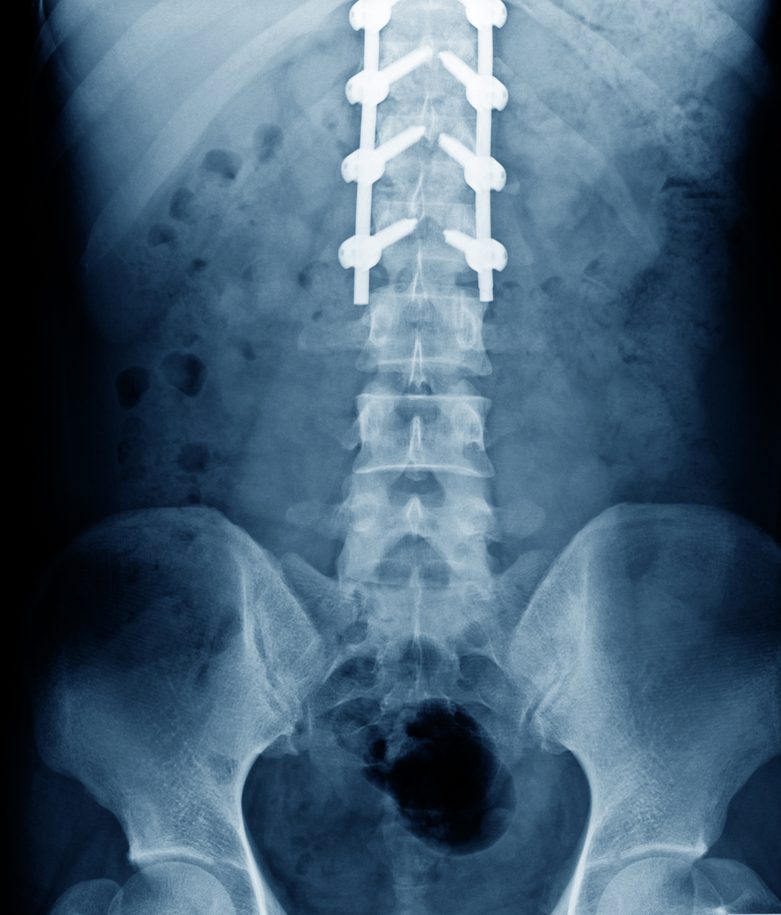
In discussing the ZIP procedure, we focus on its benefits over traditional back surgery. Specifically, we explore the minimally invasive nature of the procedure, its impact on recovery time, and the methods used to manage pain post-procedure.
Traditional vs. Minimally Invasive Fusion
Traditional back surgery often requires large incisions and the retraction of muscle and tissues, which can lead to significant blood loss and the need for general anesthesia. In contrast, the ZIP lumbar fusion is a minimally invasive procedure that utilizes tiny skin incisions, resulting in minimal blood loss and reduced tissue damage. Typically, we apply only local anesthesia with sedation, which lessens the risks associated with general anesthesia.
Recovery Time Comparison
Following traditional spinal surgeries, recovery can be prolonged, with a gradual return to daily activities. The minimally invasive spine surgery like the ZIP procedure, however, promotes a faster recovery. Most patients can leave the hospital on the same day of the surgery and may return to active lifestyles within a week.
Post-procedure Pain Management
After traditional back surgery, managing pain is often dependent on strong oral medications, which come with the risk of side effects and dependence. However, the reduced tissue disruption in minimally invasive surgical techniques, such as the ZIP procedure, delineates that postoperative pain is typically less severe. Our approach allows for effective pain management with a reduced reliance on medication, a testament to our commitment to patient care as described by interventional pain physicians.
Innovations and Future Directions

In recent years, the landscape of minimally invasive spine surgery has been rapidly evolving with significant technological advancements and improved pain management techniques. We will explore how these changes are influencing healthcare practice and enhancing patient quality of life.
Technological Advancements
In the realm of minimally invasive spine surgery, innovation is at the forefront, particularly with the integration of advanced imaging and navigation technologies. For instance, companies like Aurora Spine are pioneering in the development of systems that offer greater accuracy and safety during procedures. This includes the use of sophisticated software and hardware designed to aid surgeons in the precise placement of implants, reducing the risk of complications and improving surgical outcomes.
- Accuracy: Enhanced imaging techniques are crucial for accurate diagnoses and surgical planning.
- Safety: Innovative tools and equipment are promoting safer surgical environments.
Advancements in Pain Management
Our approach to pain relief following spine surgery is also undergoing transformation. We are now seeing:
- The arrival of new pharmacological formulations aimed at long-term pain management, allowing for reduced reliance on opioids.
- The introduction of nerve modulation techniques that target specific neural pathways involved in pain sensation, offering an alternative to traditional pain management strategies.
- Long-term Pain Relief: New medications and delivery systems are being developed to provide sustained pain control.
- Nerve Modulation: This method offers a targeted approach to pain management, with the potential to maintain an active lifestyle post-surgery.
Impact on Healthcare Practice
The integration of these innovations within the healthcare system is beginning to reshape how we approach treatment options. We’re moving toward a more patient-centric model of care that emphasizes:
- Minimally Invasive Options: With less invasive techniques, patients experience fewer complications and a quicker return to daily activities.
- Quality of Life: Improved technologies and pain management are translating into better postoperative outcomes, allowing patients to lead more active lifestyles.
- Patient-Centric Care: Our focus is shifting to outcomes that matter to patients, such as maintaining mobility and reducing recovery time.
As we continue to harness these innovations, we can anticipate a future where the confluence of technology, pain management, and patient care standards will further enhance the quality of life for those undergoing spine surgery.
Patient Education
In this section, we’ll examine the important aspects of patient education for those considering or preparing for the Zip™ Procedure. We’ll discuss how a solid understanding of your condition, realistic expectations of the procedure, and the necessary lifestyle changes for recovery can contribute to a better outcome and quality of life.
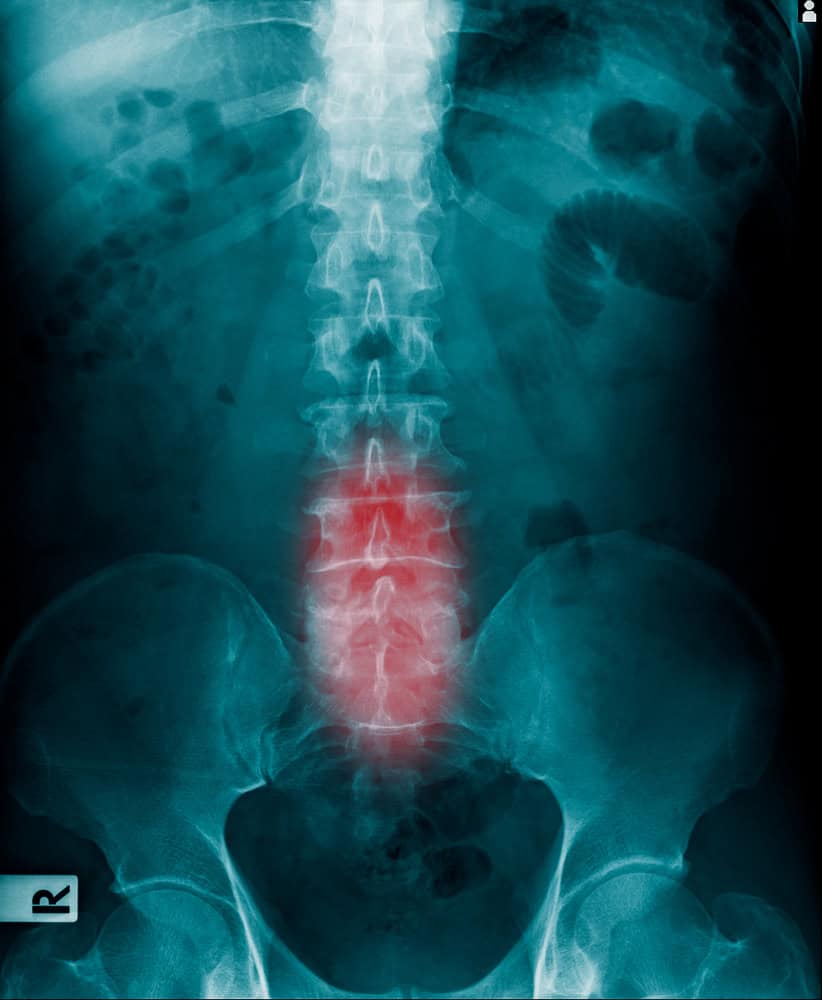
Understanding Your Condition
It’s crucial for us to comprehend the underlying back problems that lead to needing the Zip™ Procedure. Common conditions include degenerative disc disease (DDD), which is often an aging-related condition where the discs between the vertebrae lose cushioning, fragility, and height. Another condition, lumbar radiculopathy, involves spinal nerve root irritation often leading to chronic low back pain. Arthritis and narrowing of the space where spinal nerves exit can also lead to back problems. Knowledge of how these conditions affect the spinal cord and nerves is essential for understanding the anticipated benefits of treatment.
Expectations from the Zip Procedure
The Zip™ Procedure is designed for stabilization and load sharing during thoracolumbar fusion procedures and aims to address conditions like lumbar spinal stenosis and spondylolisthesis. When undergoing this minimally invasive surgery, it’s reasonable to expect a reduction in pain and an improvement in the ability to be more active in daily tasks. Typical results include a decrease in average pain scores and, in many cases, a reduced hospital stay and recovery time compared to traditional surgery. The procedure involves a locking mechanism that eliminates the use of a set screw, potentially reducing complication rates.
Lifestyle and Recovery
Post-procedure, adopting an active lifestyle is key for an effective recovery. We will be advised on how to gradually resume activities and may be recommended physical therapy to strengthen the back. The goal is to enhance our quality of life by being more active, reducing dependency on pain medications, and minimizing chronic back pain. During recovery, we might need to avoid certain movements to prevent straining the spine and should follow all guidelines provided by our healthcare team. Recovery periods can vary, but adherence to a guided plan assists in returning to an active, healthier state.
Testimonials and Clinical Experiences
Effective treatments like the ZIP Procedure have transformed lives, as evidenced by the compelling stories shared by patients and the physicians who treat them. We’ll explore these narratives to understand the procedure’s impact.
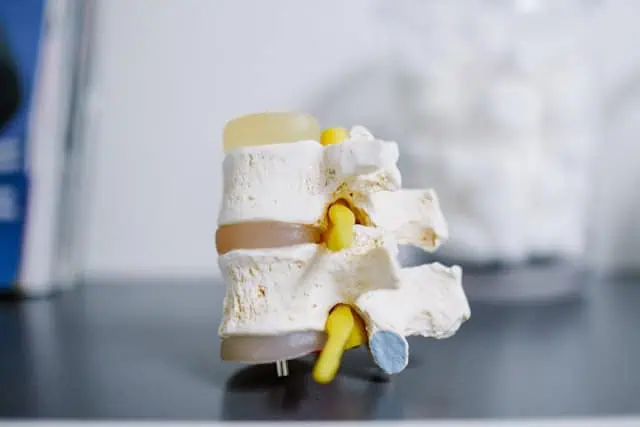
Patient Success Stories
Several patients who visited the National Spine and Pain Centers have reported remarkable improvements post-ZIP Procedure. They narrate returning to active lifestyles and enjoying a significant enhancement in their quality of life.
- A patient’s average pain scores plummeted from a debilitating 8.1 to a manageable 2.6 on a Visual Analog Scale (VAS) of 0 – 10.
- Functional improvements highlighted include the ability to walk better and engage more fully in daily tasks.
- The need for pain medication reduced notably, illustrating the success of the procedure.
Surgeon’s Perspective
From the viewpoint of the physicians and functional neurosurgeons, the ZIP Procedure represents a leap in spinal care efficiency.
- Doctors advocate for its minimally invasive nature, resulting in lesser discomfort and quicker recovery times.
- Trent J. Northcutt, the CEO of Aurora Spine, underscores the innovation involved in the ZIP Interspinous Fixation Device Trial, marking a significant step forward in enhancing patient outcomes.
- Surgeons have noted observable improvements in patients’ ability to regain an active lifestyle post-procedure, solidifying the technique’s place in modern spinal therapies.
Frequently Asked Questions
In this section, we’ll address some of the most common inquiries regarding the Aurora ZIP procedure, focusing on aspects such as reimbursement, outcomes, recovery, comparisons with other treatments, possible complications, and its advancements in spinal surgery.
How are patients typically reimbursed for the Aurora ZIP procedure?
When considering the Aurora ZIP procedure, patients often find reimbursement options through their health insurance plans. It is crucial for patients to review their policy details and consult with both their healthcare providers and insurance company to understand the coverage and potential out-of-pocket costs.
What are the outcomes and success rates for Aurora ZIP procedure Lumbar Fusion?
Patients undergoing Aurora ZIP Lumbar Fusion have reported significant pain reduction, with studies noting a 67% decrease in pain post-procedure. These outcomes suggest a favorable success rate for patients seeking relief from spinal conditions.
What is the recovery time for a patient after undergoing a ZIP procedure?
The ZIP procedure promotes a quicker recovery compared to traditional spinal surgeries. Most patients can expect to return to normal activities within weeks, although recovery time will vary based on individual health factors and adherence to postoperative care instructions.
How does the ZIP Interspinous Spacer compare to traditional methods for treating spinal stenosis?
Compared to traditional spinal stenosis treatments, the ZIP Interspinous Spacer presents a minimally invasive alternative. It leads to less tissue disruption and potentially faster recovery times while offering similar stabilization for the affected spinal segments.
What are the potential complications associated with undergoing an Aurora ZIP procedure?
As with any surgical intervention, the Aurora ZIP procedure carries potential risks that include infection, bleeding, and possible nerve damage. However, the minimally invasive nature of the procedure tends to result in fewer complications compared to extensive open spinal procedures.
In the context of spinal surgeries, what advancements does the Aurora ZIP procedure offer over the Vertiflex and Intracept procedures?
The Aurora ZIP has been designed to offer reliable stabilization with a less invasive approach, which can be an advancement over procedures like Vertiflex and Intracept. The ZIP’s design aids in spinal alignment and may reduce the need for more invasive interventions, defining its place in the spectrum of spinal surgery options.











